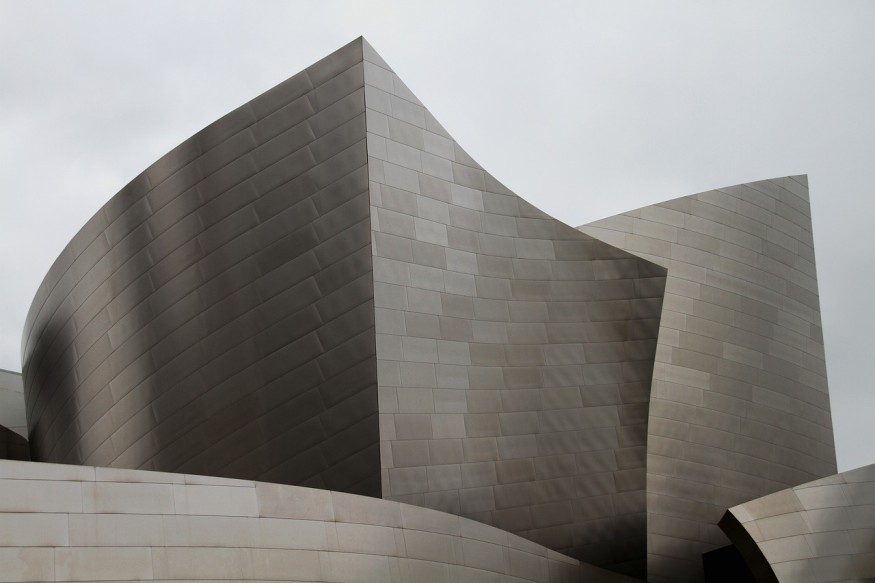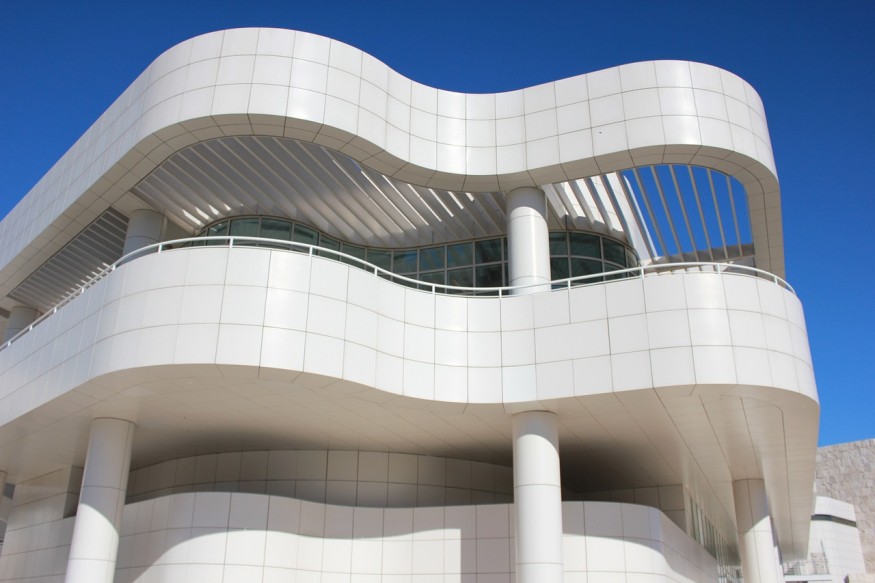Los Angeles, known for its diverse and dynamic architecture, presents a captivating mix of design and innovation. As you explore its streets, you will notice a blend of styles that reflect the city's history and culture. The architecture of Los Angeles represents the city's evolution.
From Spanish Colonial Revival structures to modern skyscrapers, the city's skyline shows a story of change and growth. Walk down a street lined with Art Deco theaters, then turn a corner to find contemporary homes. This mix gives Los Angeles its architectural identity.
Furthermore, the city's architecture reflects its people. Los Angeles is a melting pot of cultures, and this diversity is evident in its buildings. Each neighborhood has its own architectural character, shaped by the residents and their histories.

Factors Influencing the Architecture of Los Angeles
Los Angeles is a city that has always embraced its natural setting, letting the local geography and climate significantly shape its architecture. The region's warm, sunny climate and diverse terrain, from beaches to hills, have influenced the architecture of Los Angeles, encouraging designs that are open, airy, and seamlessly integrated with outdoor spaces. Consider the iconic beach houses along Venice Beach, which are designed to maximize ocean views and breezes, showcasing a perfect blend of form and function.
Cultural Diversity and Demographic Influences on the Architecture of Los Angeles
The architecture of Los Angeles is as diverse as its population. This melting pot of cultures has brought a variety of architectural styles to the city. From Spanish Colonial Revival structures that nod to California's early history, like the beautiful Los Angeles Union Station, to modernist homes in the Hollywood Hills, each community reflects its unique character through architecture. You see this in neighborhoods like Koreatown and Little Tokyo, where architectural styles from across the world merge with Los Angeles's distinct aesthetic.

Technological Innovations and Modern Design Trends
Innovation has always been at the heart of Los Angeles. The city's architects often experiment with new materials and building techniques, pushing the boundaries of what is possible.
This is evident in structures like the Walt Disney Concert Hall, where Frank Gehry's use of computer-aided design tools created a masterpiece that could not have been conceived in an earlier era. These technological advancements have allowed the architecture of Los Angeles to evolve rapidly, embracing modern trends and futuristic designs.
Historical Movements and Architectural Icons
Los Angeles has never shied away from making bold architectural statements. Historical movements, from the Arts and Crafts movement to Mid-Century Modern, have left a lasting impact on the city's landscape. The Case Study Houses, for instance, revolutionized residential architecture with their emphasis on minimalist design and indoor-outdoor living.
Then there are landmarks like the Griffith Observatory and the Hollywood Bowl, which not only tell the story of the city's past but also continue to shape its future.
Economic Dynamics and Urban Planning in the Architecture of Los Angeles
The city's economic growth in industries like entertainment and technology has driven the need for innovative workspaces and residential areas. The Getty Center, for example, is a cultural and economic landmark. Urban planning has led to the development of mixed-use spaces that combine living, commercial, and recreational facilities, showcasing a modern, efficient approach to urban living.

Environmental Sustainability and Green Design
Environmental concerns have become increasingly important in Los Angeles's architecture. Architects and designers are focusing on sustainable building practices and eco-friendly materials. The California Science Center is an example of how green design can be functional and attractive, with features like energy-efficient systems and green roofs.
Influence of Global Architectural Trends
Los Angeles keeps up with global architectural trends, incorporating them into its own style. The Broad, a contemporary art museum, blends international design with functional space. This global perspective allows the city to continually update its style, adopting styles from European modernism to Asian minimalism.
Related Article : What to Explore During Your Day Trips in Budapest
This article is copyrighted by Travelers Today, the travel news leader




